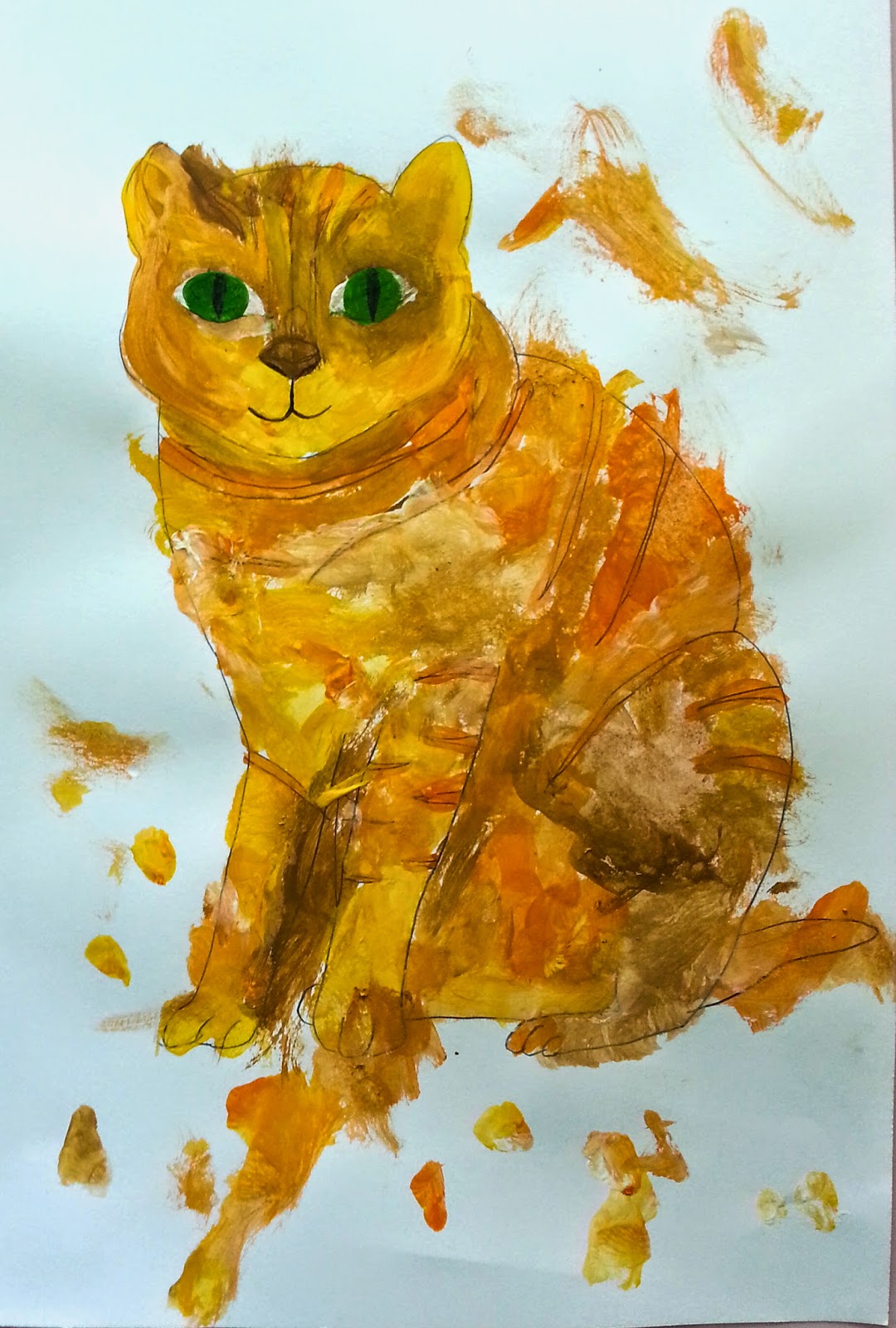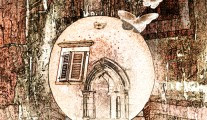It's been a while since my last book review! I'm glad to be able to squeeze some time to share with you my thoughts about this adorable picture book entitled Shh! We Have A Plan, written by Chris Haughton.
Known for his collage-like illustrations, Chris Haughton touches the hearts and minds of the readers through simple stories which include animals as important characters.
This book is about three men and a boy who went out hunting one night. While the hunters were utilising various tools to capture a bird, the boy was supposed to watch and learn from them. However, the boy, truly depicting the loving character of children, innocently attracted a large flock birds towards himself by throwing out some bread on the ground to feed them.
What I love about the story is that it reflects the contrasting nature of children and adults - children being innocent and carefree while adults being tense and goal-driven. My children love it for its funny illustrations and plot.
10 out of 10 points from me for Shh! We Have A Plan! This book is available in board book, paperback and hardcover forms. It is highly recommended for children aged 0 to 5.




































